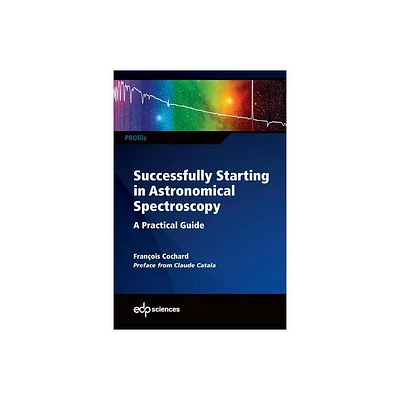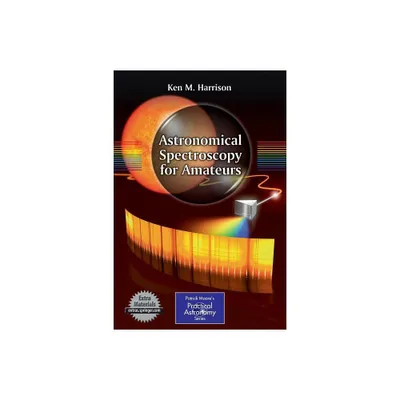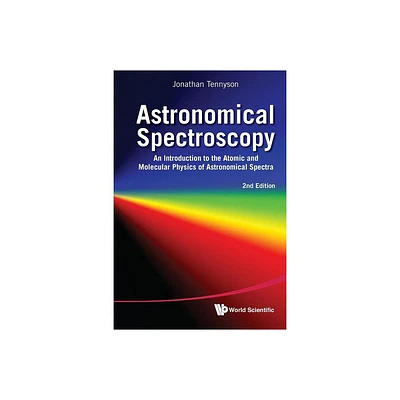Home
Successfully Starting in Astronomical Spectroscopy: A practical guide
Loading Inventory...
Barnes and Noble
Successfully Starting in Astronomical Spectroscopy: A practical guide
Current price: $112.99


Barnes and Noble
Successfully Starting in Astronomical Spectroscopy: A practical guide
Current price: $112.99
Loading Inventory...
Size: OS
*Product Information may vary - to confirm product availability, pricing, and additional information please contact Barnes and Noble
Y
ou have decided to jump into astronomical spectroscopy, or you are thinking about it. If you wish to understand how to start, to go deeper, or simply increase your knowledge and improve your results, then this book is made for you!
Amateur interest in Astronomical spectroscopy is on the rise. More and more amateur astronomers are diving into the adventure. Getting a star spectrum, today is easily feasible, with modest equipment - if you have a method, and go step by step. This book is a guide; it is very practical. It addresses all the issues required to quickly assist you in obtaining quality spectra with a slit spectroscope. We talk about astrophysics and optics, but it is not an astrophysical or optical course. No prerequisite is needed.
A big part of the book is dedicated to the setup of your equipment and to obtaining spectra in the field. This is often where beginners face problems: one needs to make several devices (telescope, spectroscope, camera...) work together. Little by little, you'll learn how to get your first spectra, to perform data reduction, and to look at your spectra with more and more expectations - up to the moment when you realize that you're doing real science.
ou have decided to jump into astronomical spectroscopy, or you are thinking about it. If you wish to understand how to start, to go deeper, or simply increase your knowledge and improve your results, then this book is made for you!
Amateur interest in Astronomical spectroscopy is on the rise. More and more amateur astronomers are diving into the adventure. Getting a star spectrum, today is easily feasible, with modest equipment - if you have a method, and go step by step. This book is a guide; it is very practical. It addresses all the issues required to quickly assist you in obtaining quality spectra with a slit spectroscope. We talk about astrophysics and optics, but it is not an astrophysical or optical course. No prerequisite is needed.
A big part of the book is dedicated to the setup of your equipment and to obtaining spectra in the field. This is often where beginners face problems: one needs to make several devices (telescope, spectroscope, camera...) work together. Little by little, you'll learn how to get your first spectra, to perform data reduction, and to look at your spectra with more and more expectations - up to the moment when you realize that you're doing real science.


















